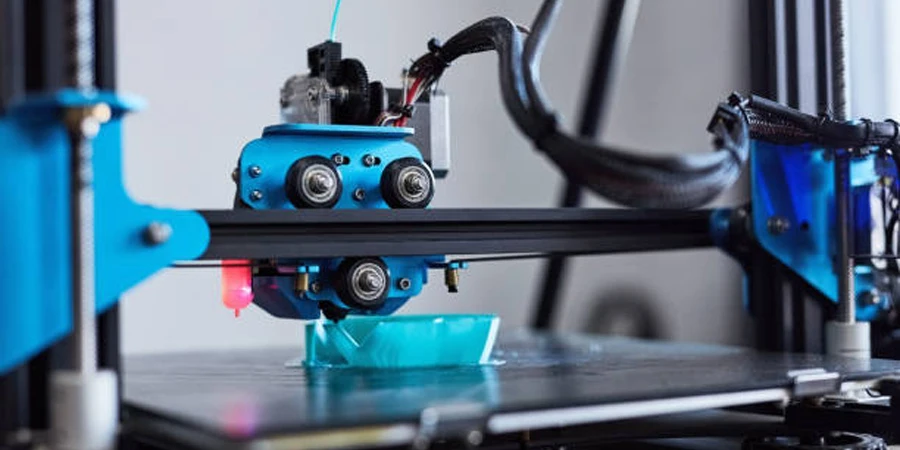The 3D printing industry has seen exponential growth over the past decade, driven by advancements in technology, decreasing costs, and expanding applications across various sectors. From education and healthcare to manufacturing and consumer goods, 3D printers are revolutionizing how products are designed, prototyped, and manufactured. The accessibility of 3D printers has broadened, allowing more businesses and individuals to leverage this innovative technology. For online retailers, selecting the right 3D printer is crucial to meet the diverse needs of customers and maintain a competitive edge. The right choice can enhance product offerings, improve customer satisfaction, and drive sales. Factors such as printer type, print quality, material compatibility, and ease of use play significant roles in determining the best fit for your business. By understanding these elements, retailers can make informed decisions that align with their business goals and customer expectations.
Table of Contents
1. Main Types of 3D Printers
2. Recent Market Trends in 3D Printing
3. Leading 3D Printer Models of 2024
4. Expert Advice for Choosing the Right 3D Printer
5. Conclusion

Main Types of 3D Printers
FDM Printers
Description and Common Uses
Fused Deposition Modeling (FDM) printers are the most popular type of 3D printer. They work by melting and extruding thermoplastic filament, which is deposited layer by layer to create a 3D object. These printers are commonly used for prototyping, hobbyist projects, and educational purposes.
Advantages and Limitations
- Advantages: Affordable, easy to use, and widely available. Suitable for a wide range of materials, including PLA, ABS, and PETG.
- Limitations: Surface finish can be rough and may require post-processing. Limited to thermoplastic materials, and print speed can be slower compared to other types.
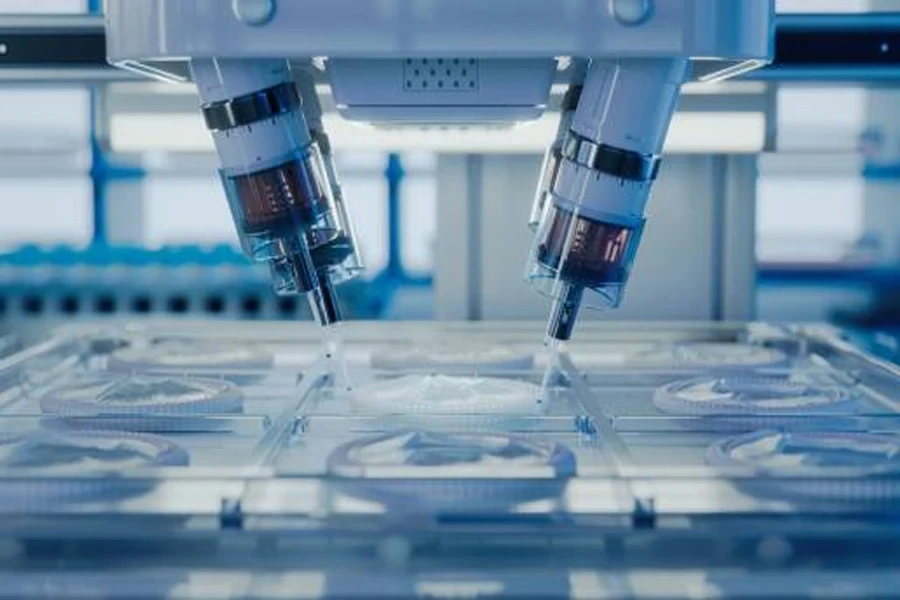
SLA Printers
Description and Common Uses
Stereolithography (SLA) printers use a laser to cure liquid resin into hardened plastic in a layer-by-layer process. This method is known for producing high-resolution and highly detailed prints. SLA printers are often used in industries requiring precision, such as dental, jewelry, and engineering.
Advantages and Limitations
- Advantages: High precision and excellent surface finish. Capable of creating intricate details and complex geometries.
- Limitations: More expensive than FDM printers, both in terms of equipment and materials. Resin handling requires careful management due to its chemical nature, and post-processing is necessary.

SLS Printers
Description and Common Uses
Selective Laser Sintering (SLS) printers use a laser to sinter powdered material, typically nylon, into solid 3D objects. This technology is often used for functional prototypes and small-batch production because of its ability to produce strong and durable parts.
Advantages and Limitations
- Advantages: No need for support structures, allowing for complex designs. Produces strong and durable parts suitable for functional prototypes.
- Limitations: Higher cost compared to FDM and SLA printers. Requires a controlled environment to manage the powder and can involve extensive post-processing.
Understanding the different types of 3D printers—FDM, SLA, and SLS—helps online retailers match the right technology to their customers’ needs, ensuring satisfaction and optimal usage.

Recent Market Trends in 3D Printing
Growth in Consumer and Educational Markets
The 3D printing market has experienced significant growth, particularly in consumer and educational sectors. More schools are integrating 3D printing into their curriculums to enhance STEM education. Additionally, hobbyists and small businesses are increasingly adopting 3D printing for personal and professional projects, driving demand for affordable and easy-to-use printers.
Advancements in Printing Materials and Technology
Innovations in 3D printing materials and technology are expanding the applications of 3D printing. New materials such as biodegradable filaments, flexible plastics, and composite materials are becoming more accessible. Technological advancements, including faster printing speeds, higher resolutions, and multi-material capabilities, are enhancing the versatility and efficiency of 3D printers.

Increasing Affordability and Accessibility
As technology advances, the cost of 3D printers continues to decline, making them more affordable for a broader audience. Entry-level models are now available at lower price points, and improved user interfaces are making 3D printing more accessible to non-experts. This democratization of 3D printing technology is fostering greater innovation and creativity across various industries.
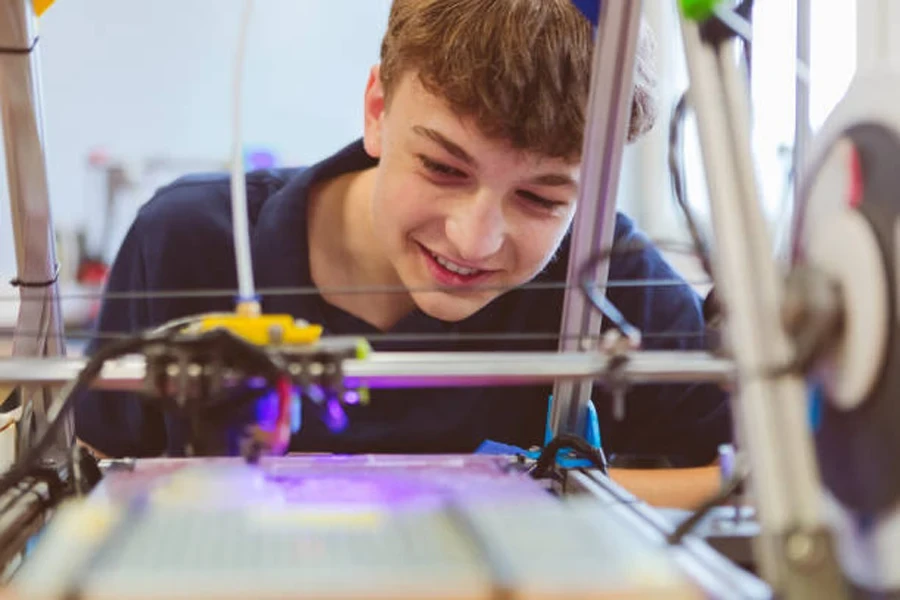
Leading 3D Printer Models of 2024
Top Models for Beginners
- Creality Ender 3 V2
1.1. Features: Affordable, easy assembly, open-source community support.
1.2. Recommendation: Ideal for newcomers due to its user-friendly design and reliable performance.
- Monoprice Select Mini V2
2.1. Features: Compact design, pre-assembled, versatile material compatibility.
2.2. Recommendation: Perfect for beginners with limited space looking for a plug-and-play experience.
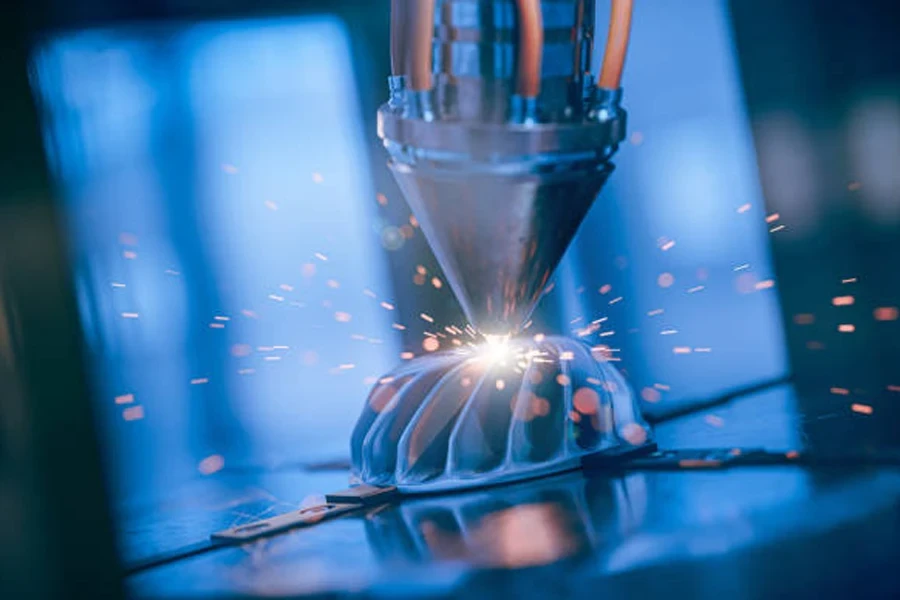
Best Mid-Range Printers
- Prusa i3 MK3S+
1.1. Features: High precision, reliable print quality, robust support network.
1.2. Recommendation: Suitable for enthusiasts and small businesses seeking professional-quality prints.
- Anycubic Photon Mono X
2.1. Features: High-resolution resin printing, fast print speeds, large build volume.
2.2. Recommendation: Excellent for users needing detailed and intricate prints without breaking the bank.
High-End Professional Printers
- Ultimaker S5
1.1. Features: Dual extrusion, large build volume, industrial-grade reliability.
1.2. Recommendation: Perfect for professional environments requiring high-quality, complex parts.
- Formlabs Form 3
2.1. Features: Advanced SLA technology, superior print quality, wide range of resins.
2.2. Recommendation: Ideal for industries needing precision and a variety of material properties.
These models represent the best in their categories, providing reliable options for beginners, enthusiasts, and professionals alike.
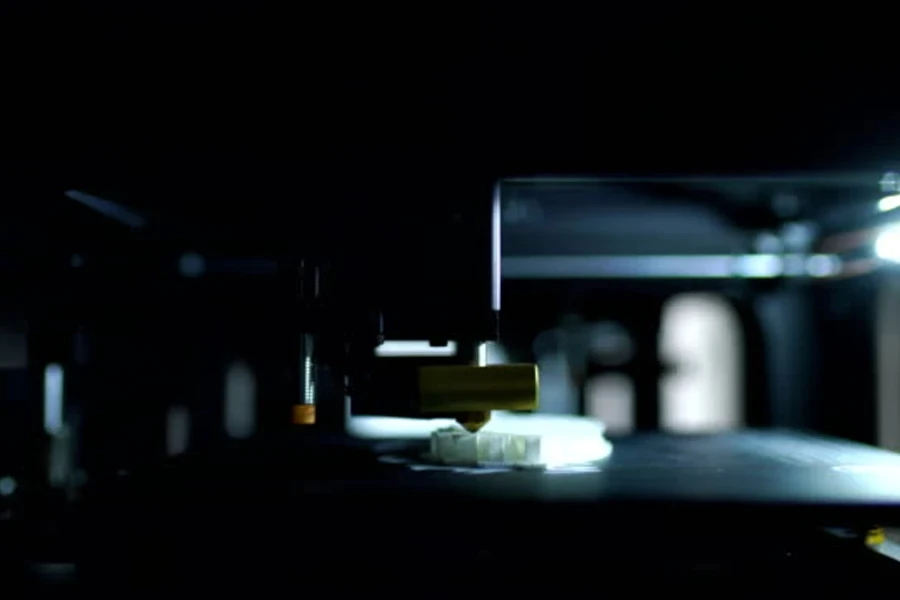
Expert Advice for Choosing the Right 3D Printer
Assessing Your Business Needs and Budget
Before making a purchase, identify the primary purpose of the 3D printer for your business. Determine whether you need it for rapid prototyping, manufacturing, educational purposes, or artistic projects. Consider your budget constraints and evaluate the cost of the printer, materials, and maintenance.
Evaluating Printer Specifications and Features
Examine key specifications such as build volume, layer resolution, print speed, and material compatibility. For instance, larger build volumes are essential for creating bigger models, while high resolution is crucial for detailed prints. Features like dual extrusion, heated beds, and touchscreen interfaces can enhance functionality and ease of use.
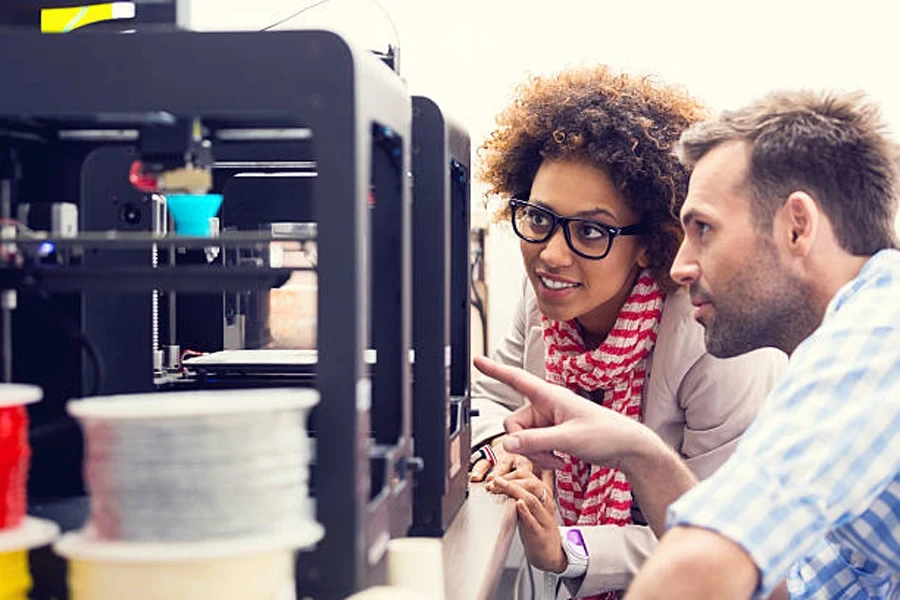
Considering Customer Reviews and Support Services
Research customer reviews to gain insights into the reliability and performance of different models. Look for common issues and positive feedback from verified users. Additionally, consider the availability of customer support, warranty options, and community resources. A responsive support team and active user community can be invaluable for troubleshooting and getting the most out of your 3D printer.
By carefully assessing your business needs, evaluating specifications, and considering customer feedback, you can make an informed decision that aligns with your goals and ensures a successful investment in 3D printing technology.
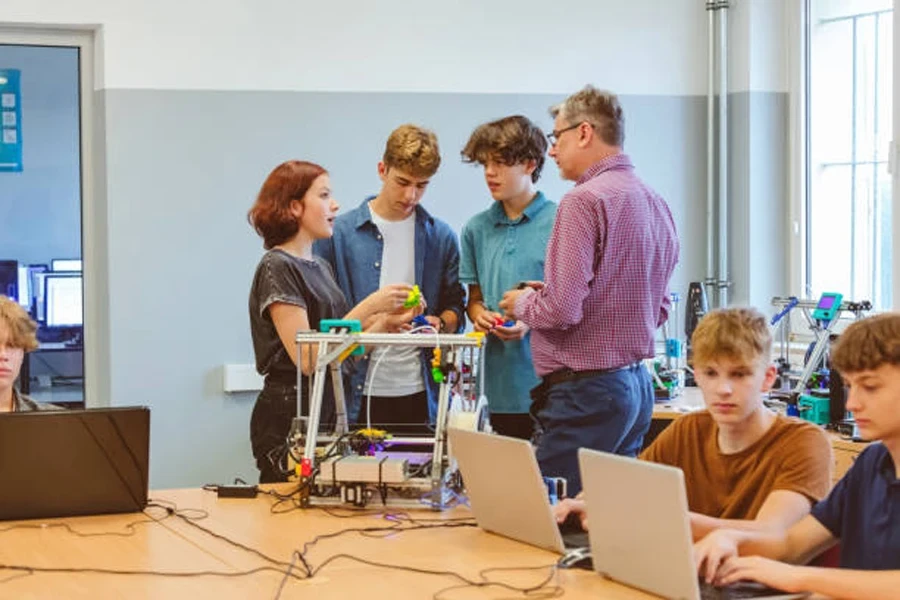
Conclusion
Choosing the right 3D printer involves understanding the various types (FDM, SLA, SLS), staying informed about market trends, and evaluating key models and features. Online retailers should assess their business needs, budget, and customer feedback to make informed decisions. By selecting the best 3D printers, retailers can meet customer demands, enhance product offerings, and maintain a competitive edge in the rapidly evolving 3D printing market in 2024.
